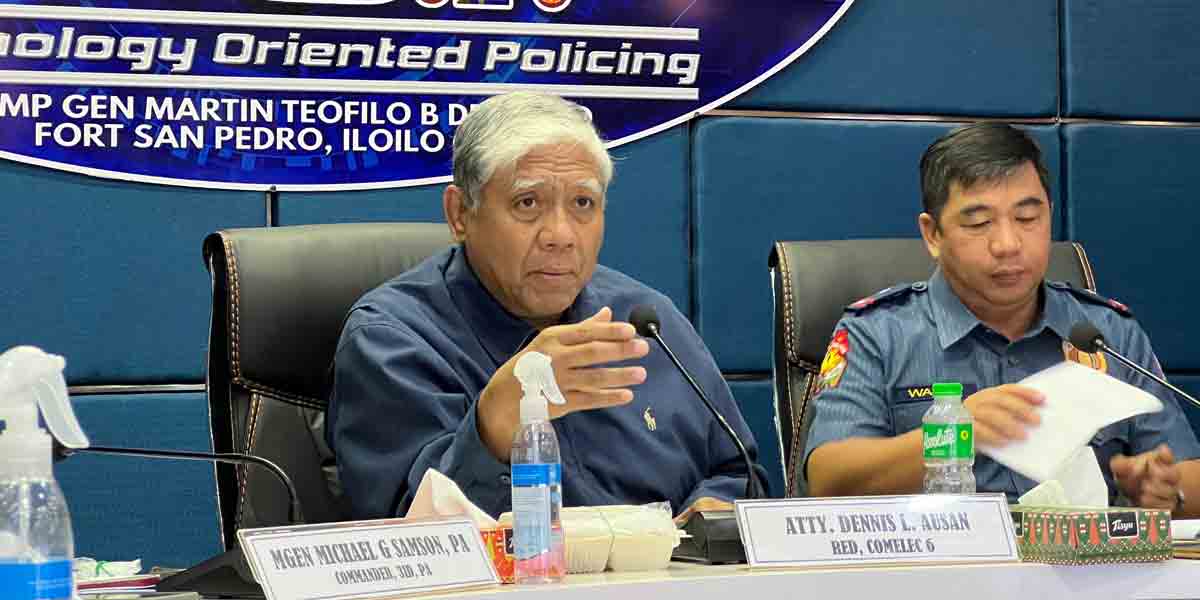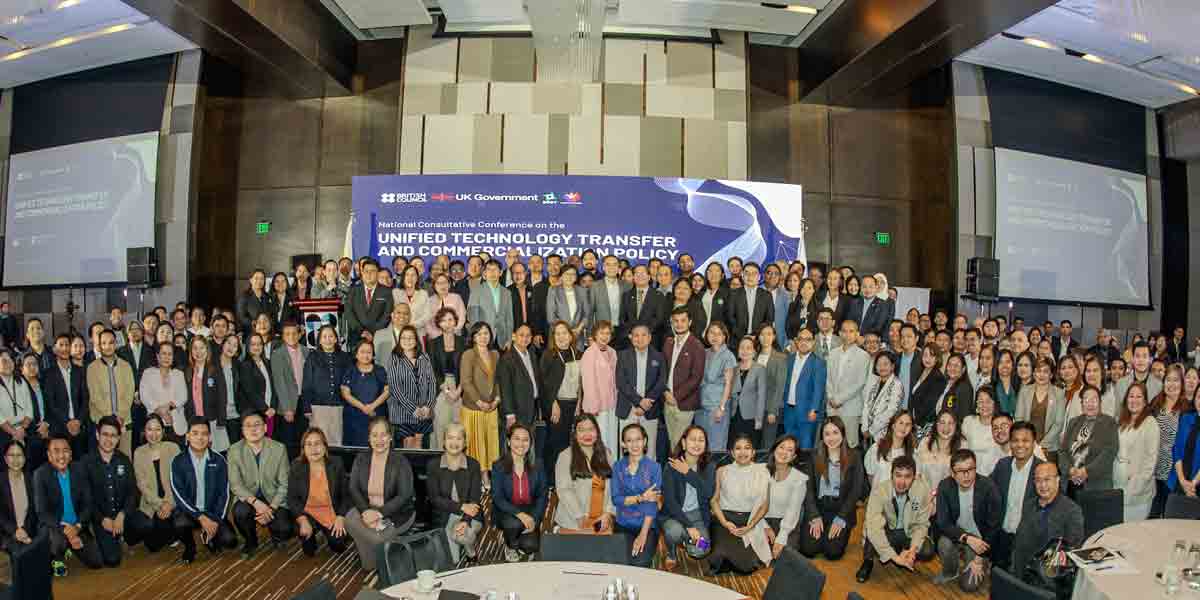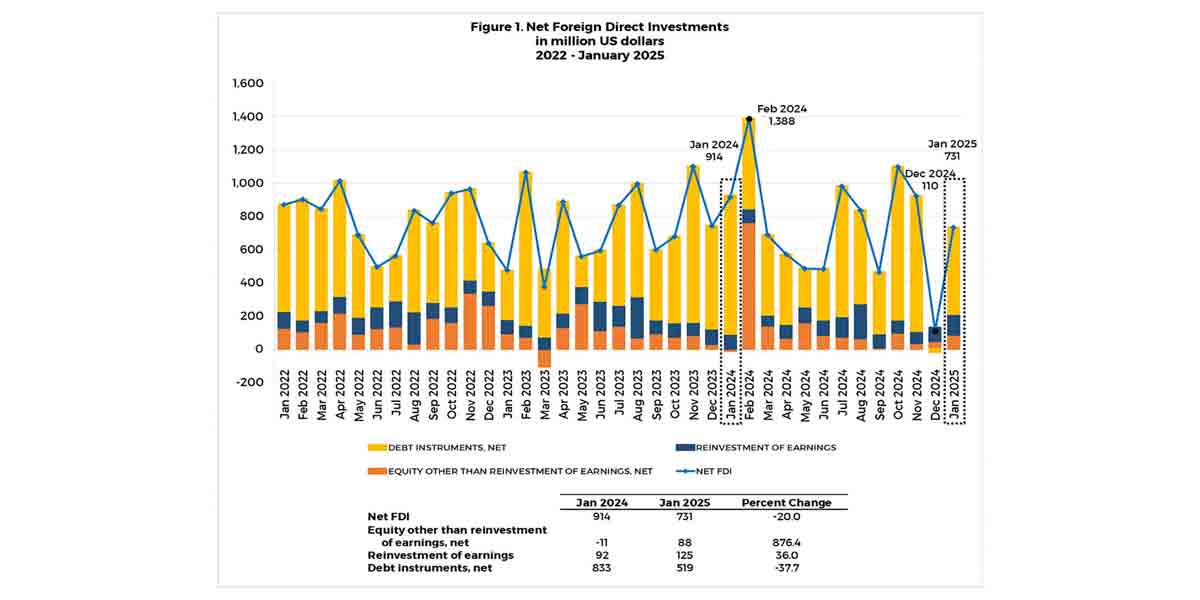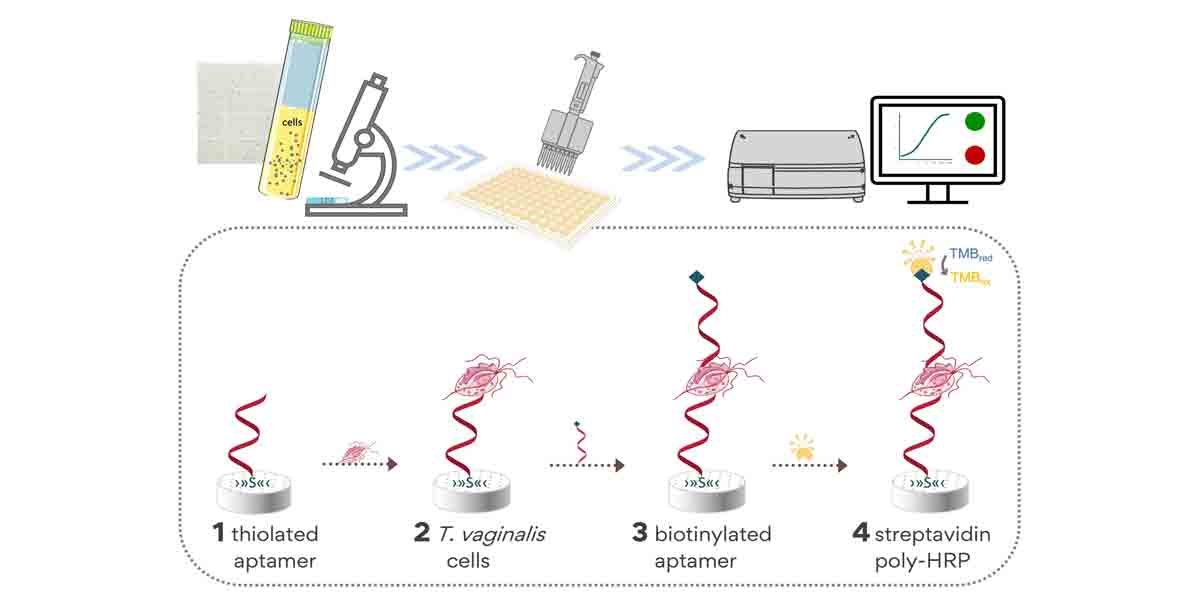 By Atty. Rolex T. Suplico
By Atty. Rolex T. Suplico
The Supreme Court en banc, in the case of BAYAN MUNA PARTY-LIST REP. CARLOS ISAGANI T. ZARATE, et al., Petitioners, vs. H. E. BENIGNO SIMEON C. AQUINO III, et al., Respondents (G. R. No. 220028, Nov. 10, 2015), decided a case where the petitioners, who are all identified as left-leaning even up to today, alleged that they were red-tagged and, fearing for their lives, asked the Court for protection.
The petitioners had filed a Petition for a Writ of Amparo and for a Writ of Habeas Data. They stated “that they are members of various progressive party-lists and/or national and religious organizations, and that these organizations have been wrongfully tagged by the military and the police as “communist front organizations.”’
They alleged that a government counter-insurgency operation initiated in March 2014 in Talaingod, Davao del Norte resulted in “about 1,300 Manobos allegedly evacuated to Davao City to escape the effects of said military operations.” By May 2014, these evacuees wanted to go home. However, by January 2015, they returned to Davao City. By July 2015, there were around 700 Manobos at the United Church of Christ in the Philippines (UCCP) Haran in Davao City. “Petitioners claimed that these Manobos sought refuge at UCCP Haran due to the persisting militarization of their communities and their forcible recruitment to the paramilitary group, Alamara.”
But some Manobos claimed “that they were deceived into going to Davao City; that, upon reaching UCCP Haran, they were deprived of their freedom of locomotion and were held there against their will from 3 February 2015 to 25 February 2015; that during said period they were forced to listen to lectures and join rallies; that their repeated pleas to go home fell on deaf ears until a fellow tribe member was found dead, hanging lifeless on a tree, inside the UCCP Haran compound; and that it was only then that they were allowed to go home with the body of the deceased.”
Then, a group of Manobos filed a complaint against some of the petitioners with the Criminal Investigation and Detection Group (CIDG), “for violation of Art. 267 of the Revised Penal Code (Kidnapping and Serious Illegal Detention), and Republic Act No. 9208 (Anti-Trafficking in Persons Act of 2003), as amended by R.A. No. 10364 (Expanded Anti-Trafficking in Persons Act of 2012).” This was forwarded to the Office of the Davao City Prosecutor on May 12, 2015.
The petitioners alleged that their names were selected by complainants on 2 lists “from which they purportedly identified the defendants.”
Petitioners claimed further that their names were in the lists because they had been the subject of surveillance. They argued that this meant that there “are threats to their life, liberty, and security warranting the protection of the writ of amparo.”
They asked the Court to compel “the respondents via the writ of habeas data to disclose and to provide petitioners with copies of all information and evidence pertaining to them which respondents have in their files or records, and for such information to be destroyed.”
At the outset, the Supreme Court defined that the writ of amparo is a “remedy available to any person whose right to life, liberty and security is violated or threatened with violation by an unlawful act or omission of a public official or employee, or of a private individual or entity.” But it “was emphatic in saying that a writ of amparo, x x x, is not one to issue on “amorphous and uncertain grounds.”
It added that “(t)his is precisely the reason why Section 5(c) of A. M. No. 07-9-12-SC (Rule on the Writ of Amparo) requires every petition to state “the right to life, liberty and security of the aggrieved party violated or threatened with violation by an unlawful act or omission of the respondent, and how such threat or violation is committed with the attendant circumstances detailed in supporting affidavits.”
“As an additional safeguard,” the Court said, “Sections 17 & 18 of the Rule on the Writ of Amparo requires substantial evidence,” defining it as “the amount of relevant evidence which a reasonable mind might accept as adequate to support a conclusion. It is more than a mere imputation of wrongdoing or violation that would warrant a finding of liability against the person charged.”
Finally, the Court said that “(t)he writ of amparo is an extraordinary remedy as it is available not only for violations of life, liberty, and security, but also against threatened violations of such. But not all threats are protected by the Amparo Rule.” It said that “only actual threats, as may be established from all the facts and circumstances of the case, can qualify as a violation that may be addressed under the Rule on the Writ of Amparo.”
Thereafter, it stated that “(h)aving these guidelines in mind, we hold that petitioners failed to substantially prove that their life, liberty and security are threatened with violation.”
The Court unequivocally said that “petitioners’ general statements to the effect that 143 members of Bayan Muna were victims of extrajudicial killings during the Arroyo administration, and that 12 members and leaders of Bayan Muna have been killed under the Aquino administration; that from 2010 to 2015, more than 150 peasant leaders, farmers, and fisher-folks have been killed while scores of others have suffered from other forms of human rights abuses; that 133 members of Kilusang Magbubukid ng Pilipinas (KMP) were extrajudicially killed under the Arroyo administration, and that under the Aquino administration, 158 peasants have been killed, 22 of whom are members of the KMP; and that from 2001 to 2015, 38 leaders and members of the KARAPATAN alliance have been victims of extrajudicial killings are empty averments in the context of the Amparo Rule. Mere membership in these organizations or sectors cannot equate to an actual threat that would warrant the issuance of a writ of amparo.”
Further, it said that “as the writ of amparo is sought individually and granted individually, then we should assess the situation of the petitioners individually. Lumping together the previous and present experiences of petitioners may give off the impression that, indeed, taken together, petitioners’ life, liberty and security are threatened to be violated. But this way of presenting the obtaining situation is misleading. A perusal of their individual circumstances negates the conclusion that they are each entitled to a writ of amparo.”
After discussing the individual allegations of the petitioners, the Court reiterated:
“Time and again, we have held that the alleged threat to herein petitioners’ rights to life, liberty and security must be actual, and not merely one of supposition or with the likelihood of happening.” The writ of amparo, being an extraordinary remedy, “accordingly, the remedy ought to be resorted to and granted judiciously, lest the ideal sought by the Amparo Rule be diluted and undermined by the indiscriminate filing of amparo petitions for purposes less than the desire to secure amparo reliefs and protection and/or on the basis of unsubstantiated allegations.”
Subsequently, the Court took up the prayer for the writ of habeas data. It said that the writ of habeas data is a “remedy available to any person whose right to privacy in life, liberty or security is violated or threatened by an unlawful act or omission of a public official or employee, or of a private individual or entity engaged in the gathering, collecting, or storing of data or information regarding the person, family, home and correspondence of the aggrieved party.”
It added that it “provides a judicial remedy to protect a person’s right to control information regarding oneself, particularly in instances where such information is being collected through unlawful means in order to achieve unlawful ends.” And, similar to the writ of amparo, Section 6 of A. M. No. 08-1-16-SC (Rule on the Writ of Habeas Data) provides that the petition should aver “the manner the right to privacy is violated or threatened and how it affects the right to life, liberty or security of the aggrieved party.” The Habeas Data Rule likewise requires substantial evidence.”
Applying the foregoing guidelines, the Court said that “petitioners fail to show how their right to privacy is violated given that the information contained in the “lists” are only their names, their positions in their respective organizations, and their photographs. All these data are of public knowledge and are readily accessible even to civilians, especially since petitioners are known personalities who are often featured in news reports.”
Finaly, the Court said:
“In conclusion, let us recall the case of In re: The Petition for the Writ of Amparo and the Writ of Habeas Data in favor of Francis Saez (G. R. No. 183533, 25 September 2012,681 SCRA 678, 690),
where the Court recognized that “in view of the evidentiary difficulties attendant to the filing of a petition for the privilege of the writs of amparo and habeas data, not only direct evidence, but circumstantial evidence, indicia, and presumptions may be considered, so long as they lead to conclusions consistent with the admissible evidence adduced.” In the present case, however, the allegations of petitioners do not even constitute circumstantial evidence as to justify the issuance of the extraordinary writs.”
It then dismissed the petition.
Justice Marvic Leonen wrote a lengthy dissenting opinion. It opened with this sentence, taken from page 3 of the Petition:
“This case involves the phenomenon of “red baiting.” It is our version of McCarthyism.”
In March 24, 2021, Sen. Franklin Drilon filed Senate Bill No. 2121, entitled: AN ACT DEFINING AND PENALIZING THE CRIME OF RE-TAGGING. He quoted portions of the dissenting opinion in his Explanatory Note. Thus, “(t)he phenomenon of implicating progressive civil group leaders to heinous crimes is called “red baiting.” As stated by Alston, it is the “‘vilification’, ‘labelling’, or guilt by association” of various democratic organizations.”
The reason behind this, which Sen. Drilon likewise quoted, is “(t)o make it easy for military and paramilitary units to silence or cause untold human rights abuses on vocal dissenters, government agents usually resort to stereotyping or caricaturing individuals. This is accomplished by providing witnesses who, under coercive and intimidating conditions, identify the leaders of organizations critical of the administration as masterminds of ordinary criminal acts. Not only does this make these leaders’ lives and liberties vulnerable, a chilling effect on dissent is also generated among similar-minded individuals.”
This bill is still stuck in the legislative processes of the Senate as of this date. The Ilonggo senator has made a dangerous sudden u-turn. This case was filed and decided in 2015 against his president, Benigno S. Aquino III (2000-2016), when Drilon was in his second stint as Senate President (20013-2016). Meantime, the left and the leaders of the Aquino Administration have already banded together against the current administration. Well, in politics, they say, there are no permanent enemies, and no permanent friends, only permanent interests. But wait, is it not that the sauce for the goose is also the sauce for the gander?




















